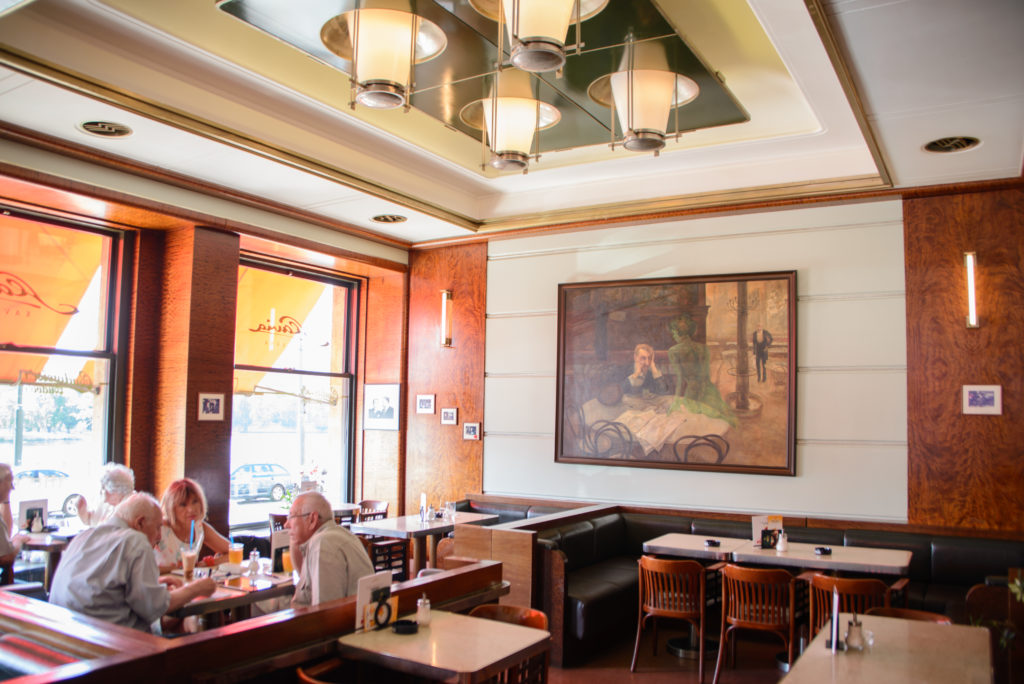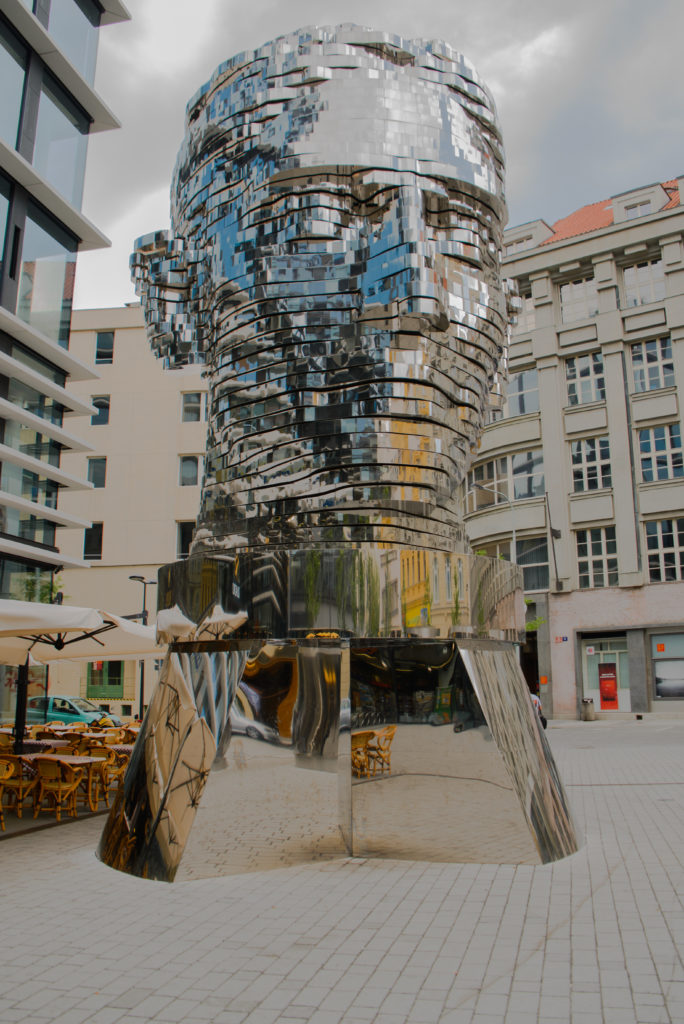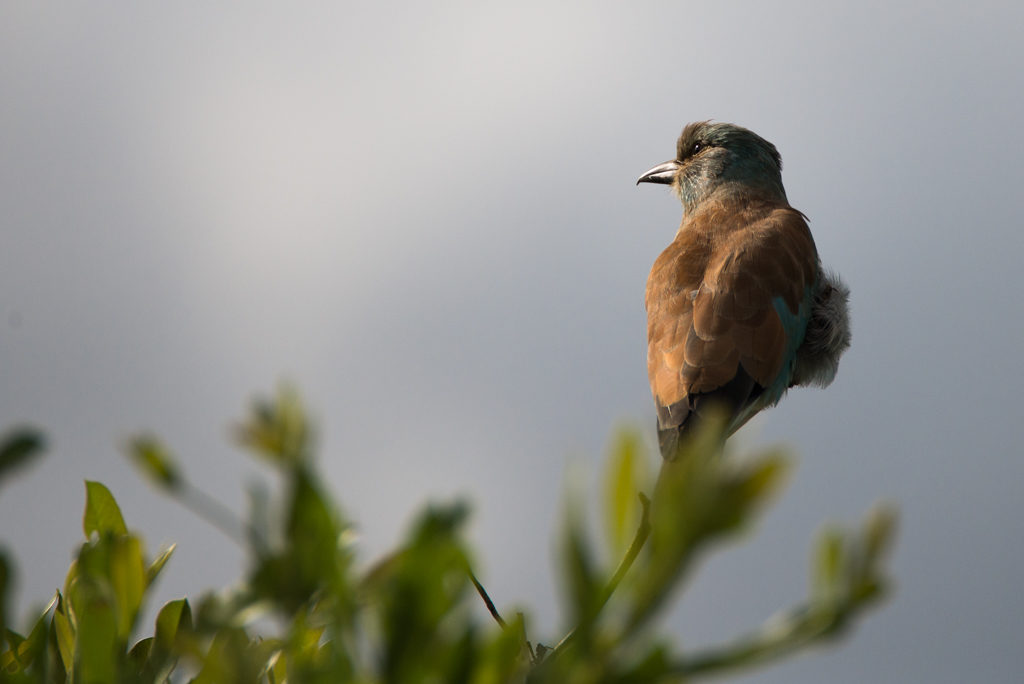
As of today it’s official: The Austrian Roller is extinct. According to the Journal of Zoological Systematics and Evolutionary Research, there are no breeding couples of European Rollers in areas they thrived in only a few decades ago. The death of a species doesn’t come unannounced. For years, NGOs and even the EU have warned of the imminent loss of the strikingly beautiful bird. In vain.
Coracias garrullus was a gregarious bird, as its name suggest, and flamboyantly colored, its turquoise feathers glittering like emeralds. Together with its close relatives, the bee-eater and the kingfisher, it was one of the few birds that brightened up the otherwise monochrome Austrian bird world. The vibrant group’s evolution can be traced back to the Eocene, some fifty million years ago. Yet it took only thirty years to wipe them from their traditional breeding grounds in Eastern Austria.
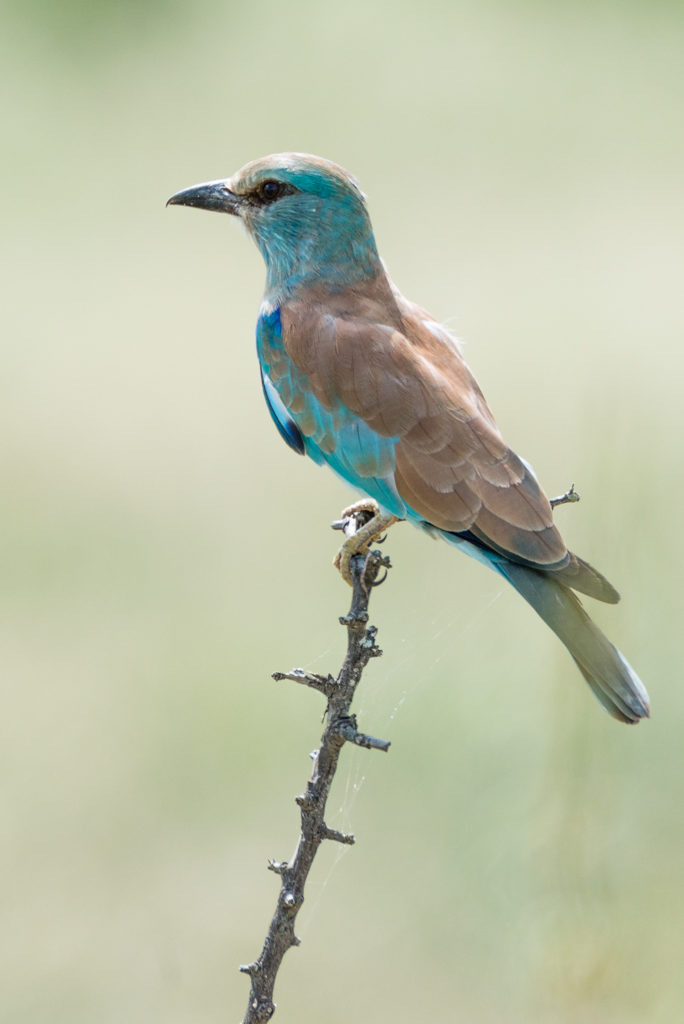
European Rollers are loyal to their homes. They return from their South African wintering grounds with unbelievable exactitude – a field, a bush, or a tree the monogamous bird and their mating partner will defend as their territory. If they come back, that is, for this year only non-breeders made their way home.
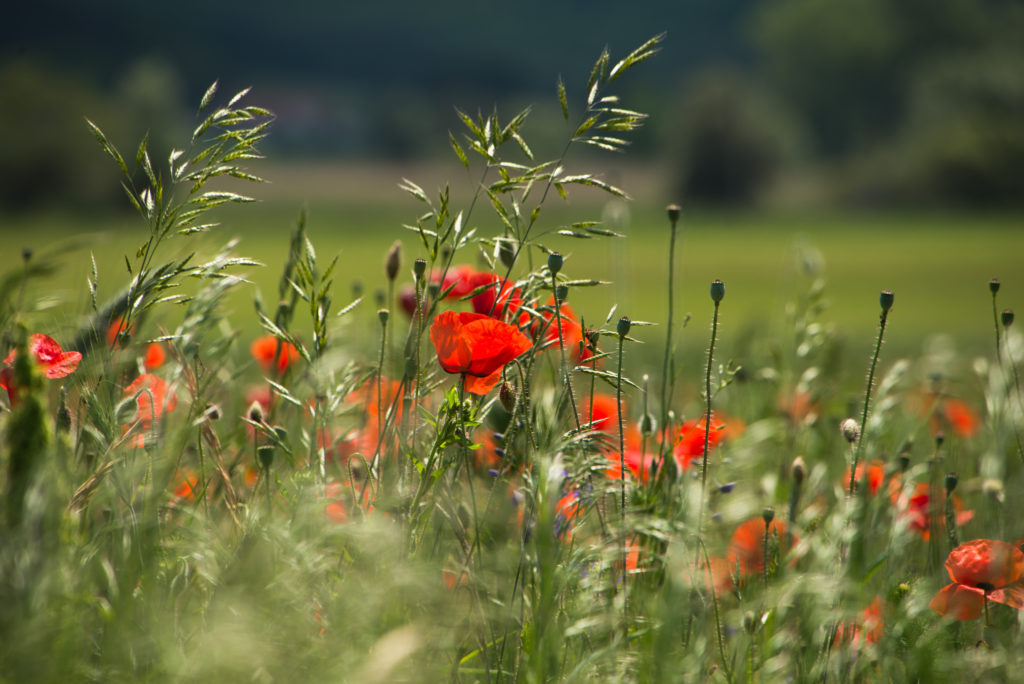
The bird’s patriotism has not been reciprocated by Austria. Intensive agriculture has eaten away their habitat – there are hardly any shrubs left, bushes or fallow grasslands the rollers need as hunting grounds. Dramatic drop in insect population due to wide spread use of pesticides and the fierce weather condition of the past five to ten years has further reduced chances of survival for the young. Finally, add illegal bird hunting in the Mediterranean – their migration route – to the equation. Life was in deed tough on Rollers.
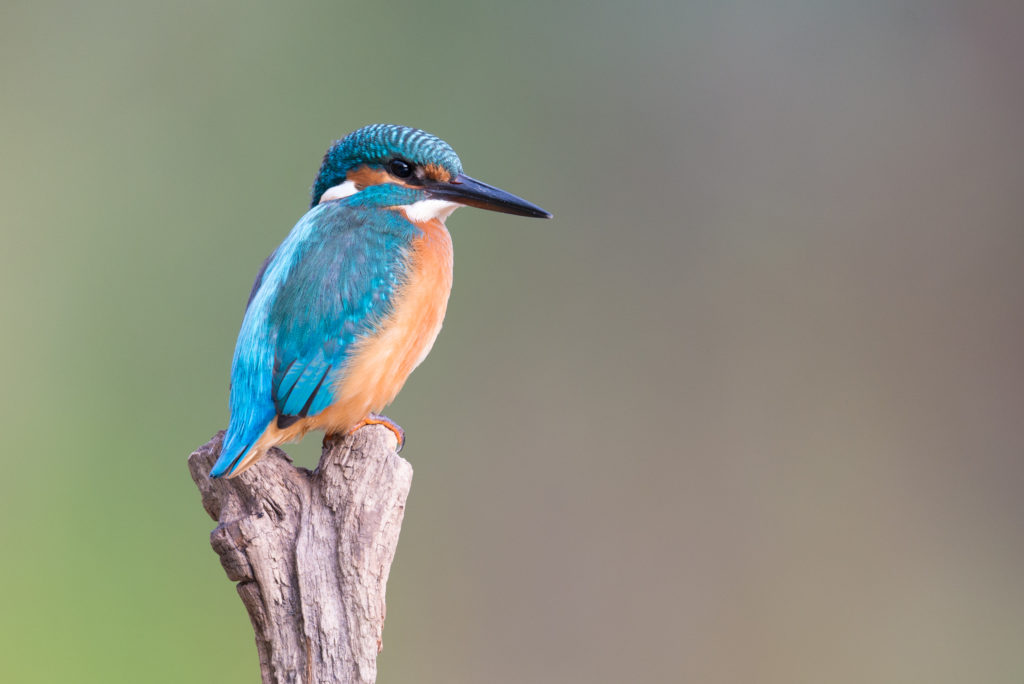
Despite their challenges, Austrian Rollers stayed picky when it came to mating. They didn’t mingle. DNA research suggests that Austrians never even interbred with their next cousins in neighboring Hungary. But as Austrians they should have known better. The history of Austria and Habsburg Empire has proved: incest leads to decreased adaptability and ultimately extinction. The Austrian royal family practically eliminated themselves by means of genetic deficiency.
Sadly, the current Austrian government not only denies a nation’s need for diversity, but climate change as a whole. European Rollers won’t be the last species we will loose.
To be fair, it is not only in Austria that European Rollers have gone extinct. The birds no longer breed in Scandinavia, Russia and Germany. While their numbers are declining in North Eastern Europe, in Hungary, Romania and Bulgaria they are still very common, in countries like Italy or France even increasing – due to conservation efforts like the installation of nest boxes or collaborative programs with farmers.
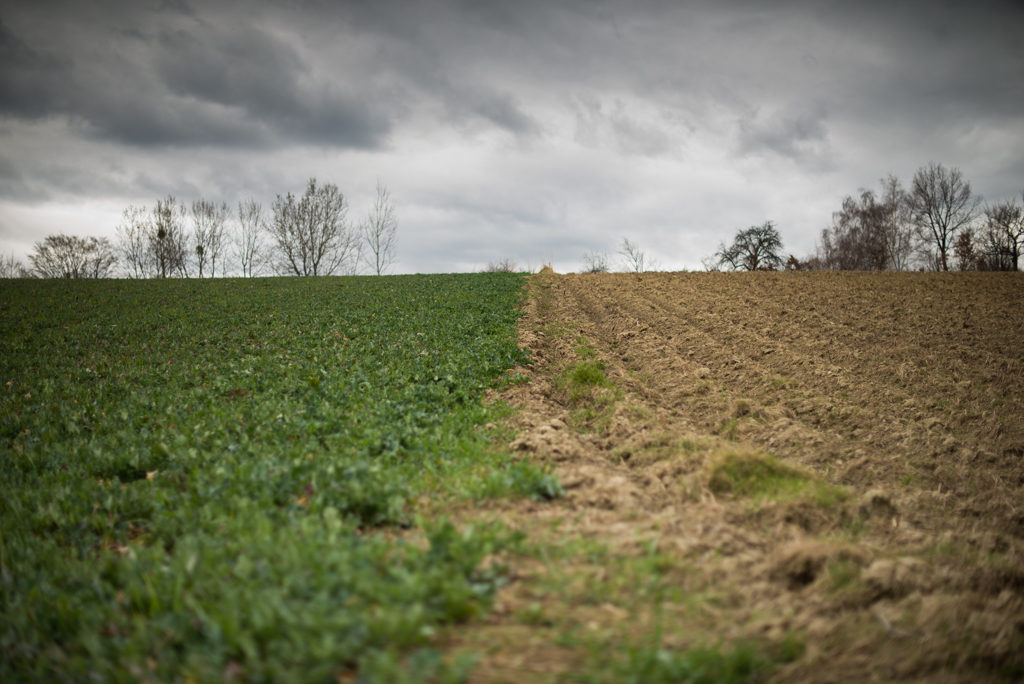
In 2015, Birdlife Austria issued a statement demanding immediate action. Rollers, as well as the buntings and shrikes, are under imminent threat of extinction. The NGO pointed towards € 40million that were provided by the EU for Austrian conservation programs but were never put to action. No single politician found the strength to stand up against agricultural lobbies in Austria. The reasons for this lack of political will or courage lie in the conservative make up of Austrian society. Agriculture symbolizes traditional values that, especially in the rural communities, still go unchallenged in Austria.
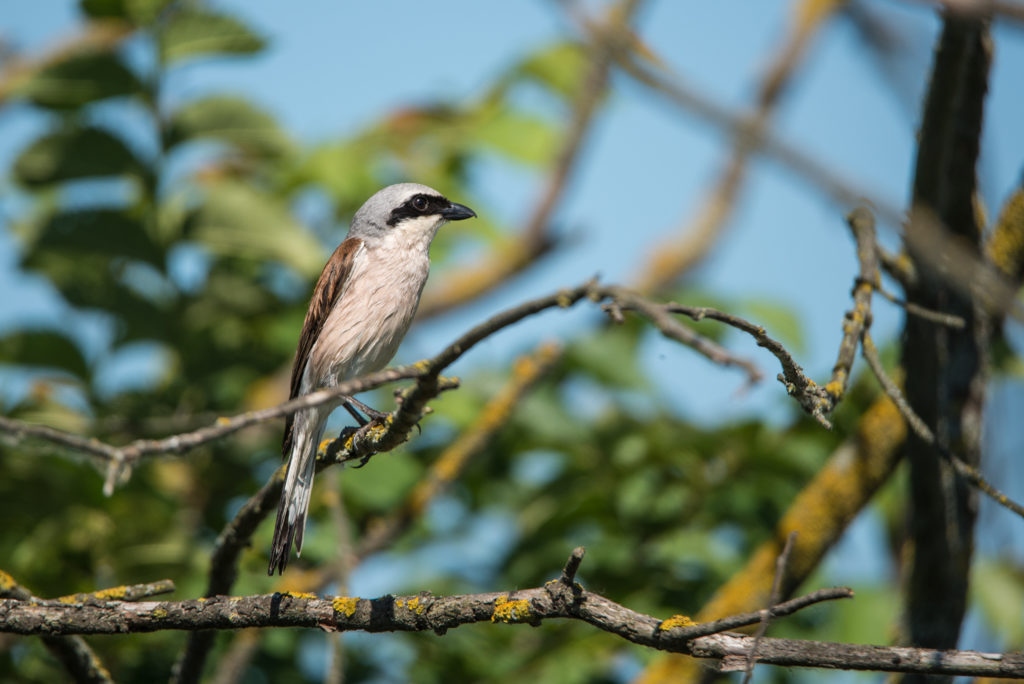
In 2013, the Albertina, one of Vienna’s most prestigious museums, lent Albrecht Dürer’s highly acclaimed water color Wing of A European Roller to the National Gallery of Art, Washington. It is one of the major nature studies in Art History.
In 2012, Birdlife International called for political action as there are only six breeding pairs of Rollers in Austria left.
In 2010, because the bird was so beautiful and oh so rare – only breeding in one little community in Burgenland, Eastern Austria – the Republic issued a stamp celebrating the bird.
In 2008, the European Union issued the Species Action Plan with the goal to restore the European population of rollers to a favorable conservation status.
In 2005, Birdlife international changed the status of European Rollers from LC – least concern – to NT: near threatened.
In 1520, Albrecht Dürer painted the Wing Of A European Roller. The bird is abundant in Europe and the painter mesmerized by its beauty.
Epilogue:
Please visit the Albertina in 2019, when from September on, the Wing Of A European Roller will be back to Vienna and on display in a special exhibition about Albrecht Dürer’s nature studies. Can’t say Austria doesn’t value its treasures. It practically excels in the art of preservation.
https://www.albertina.at/ausstellungen/albrecht-duerer/
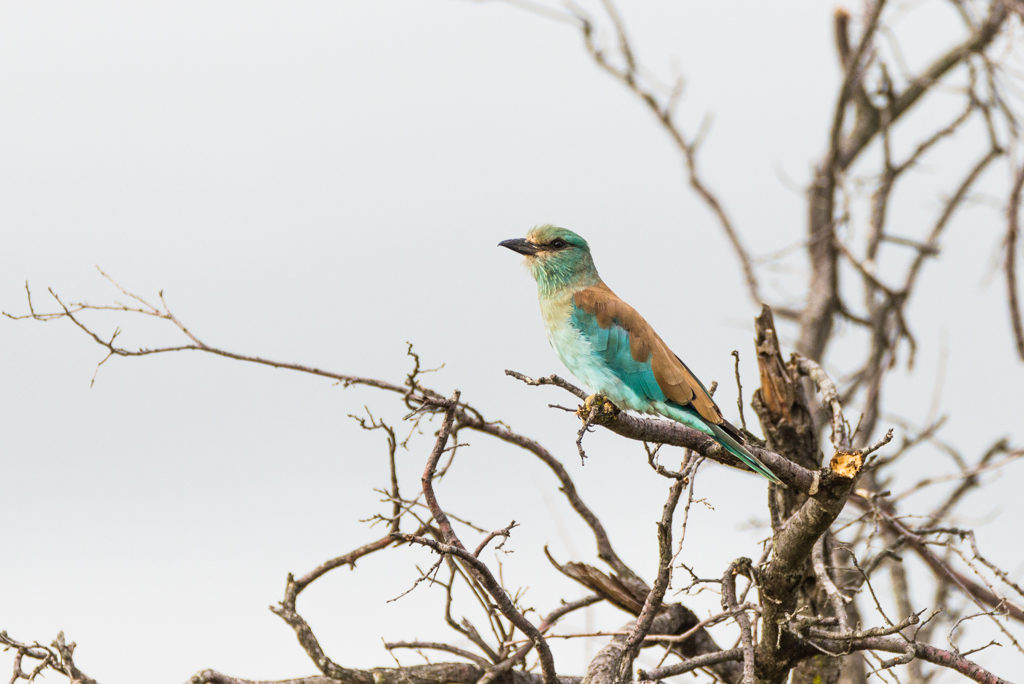
Epilogue 2:
The reason why the wanderwarbler is quite enraged by the extinction of the roller is not only but also that contrary to what the name suggests, the bird in the logo is actually a European Roller.



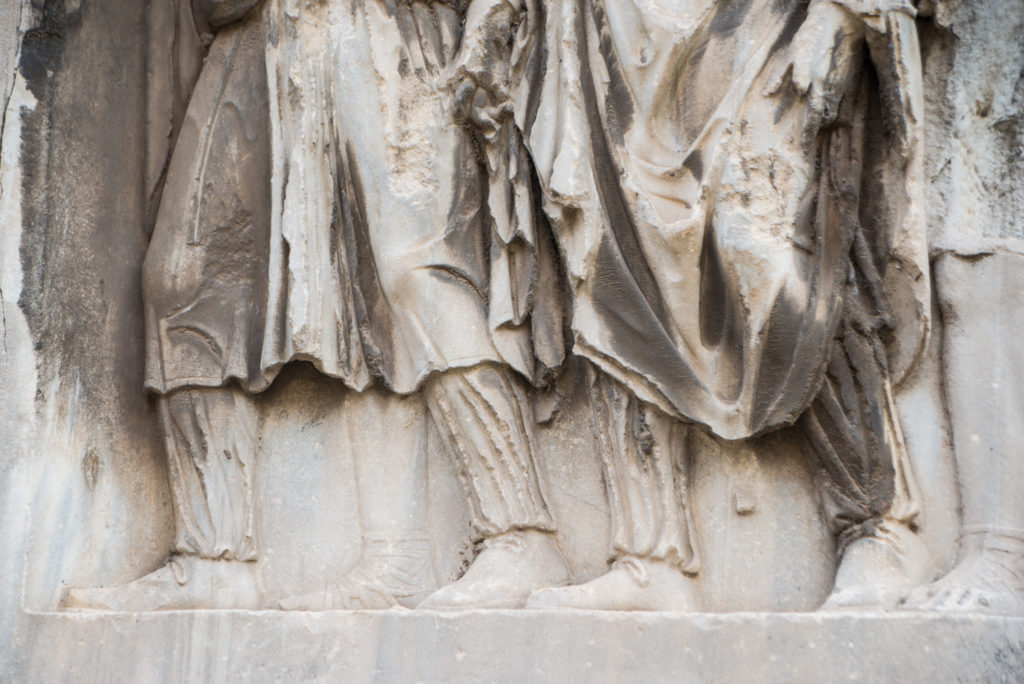

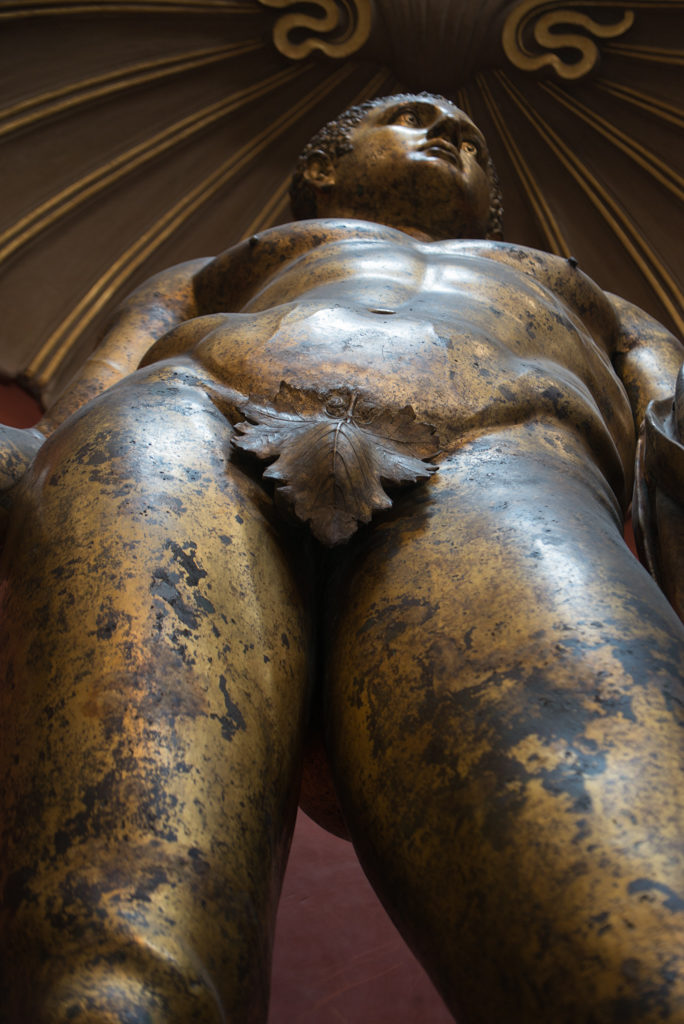
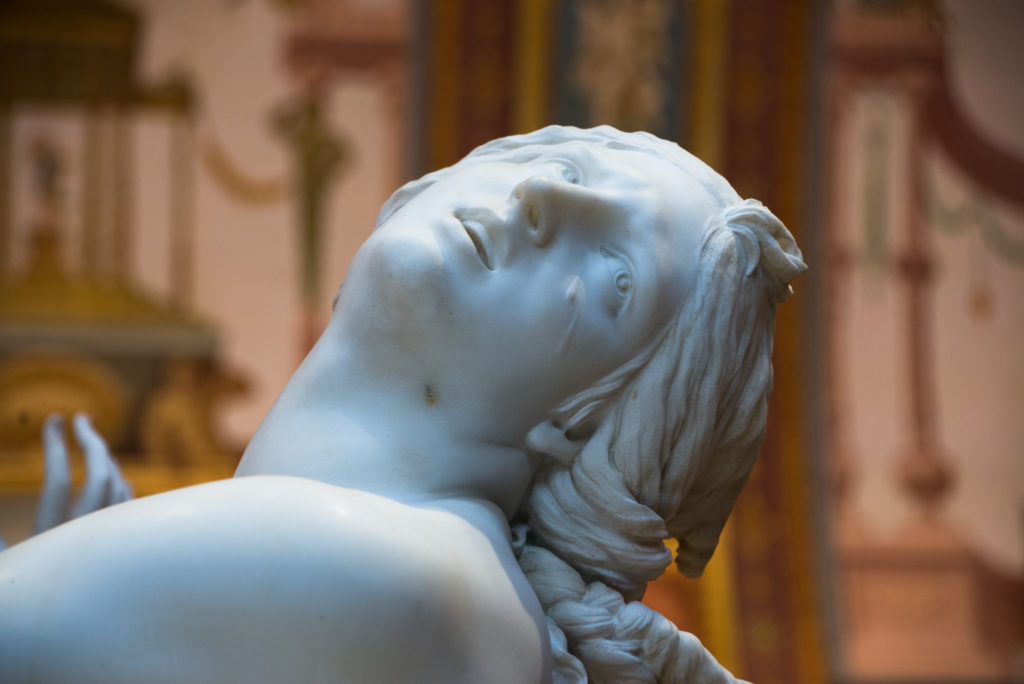



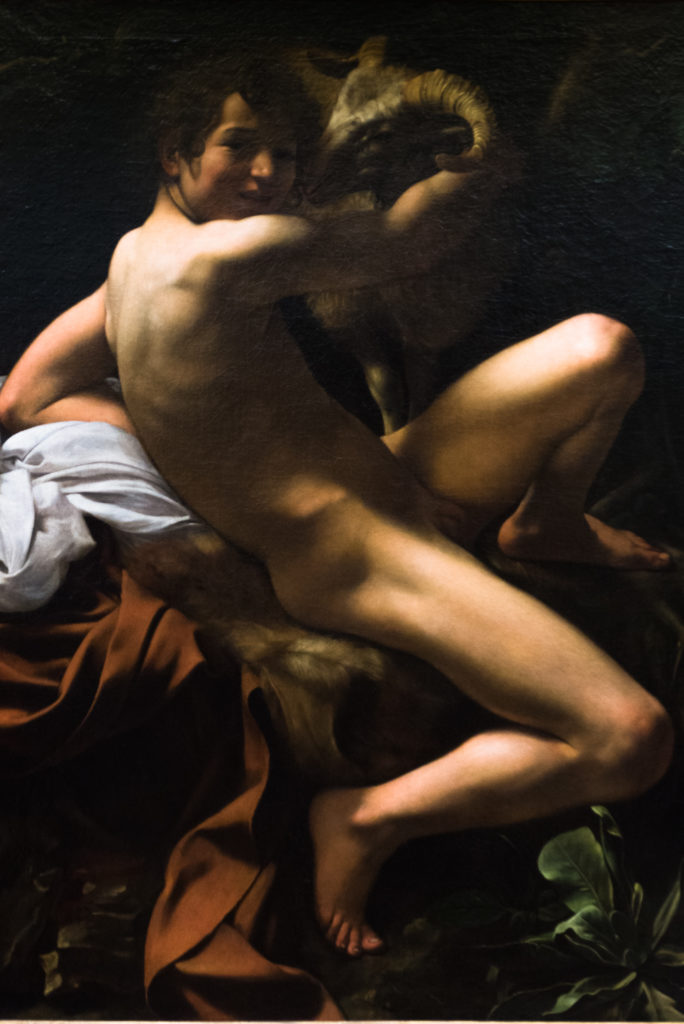
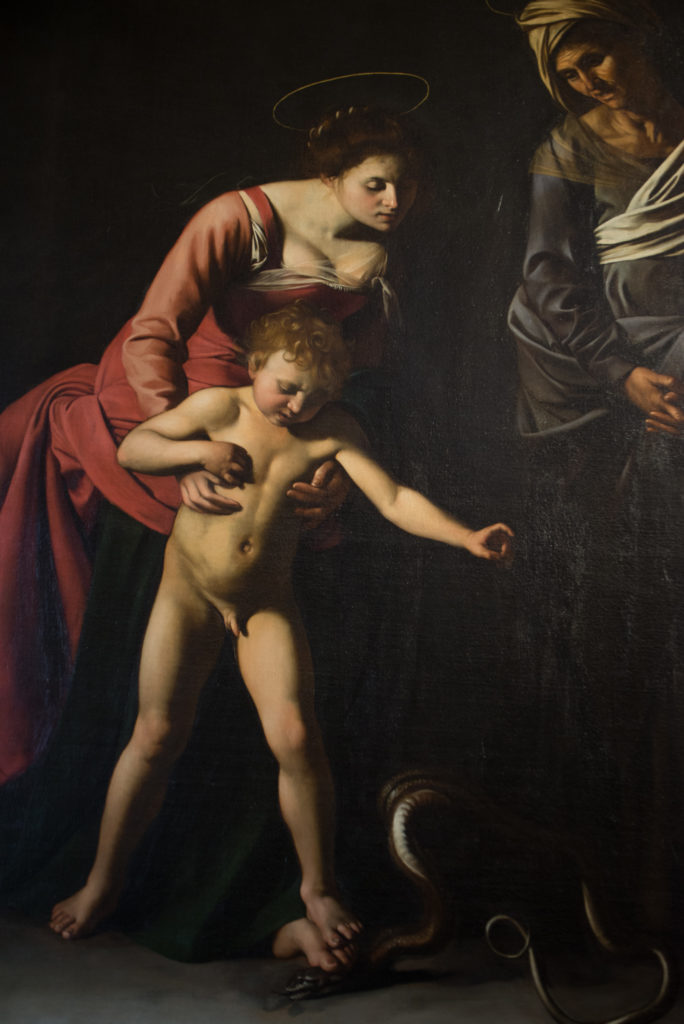


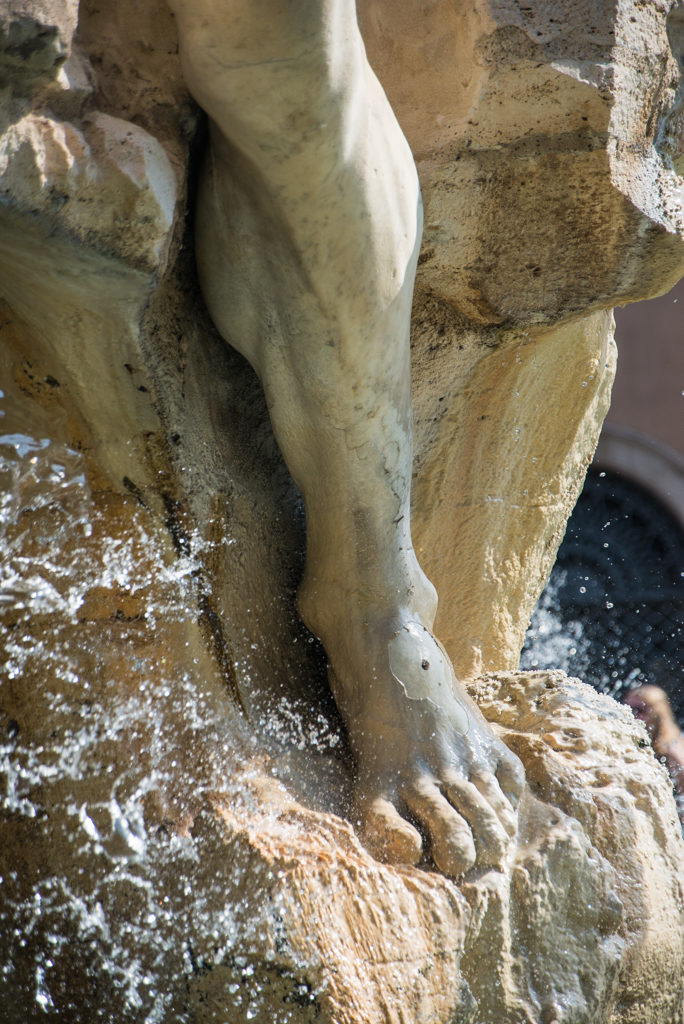


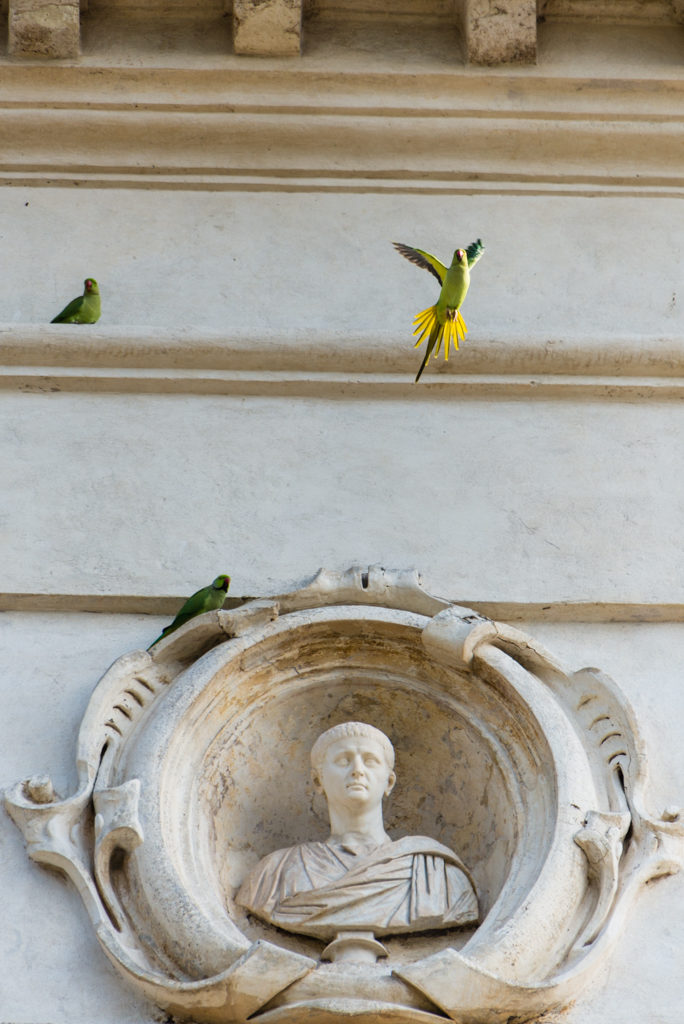
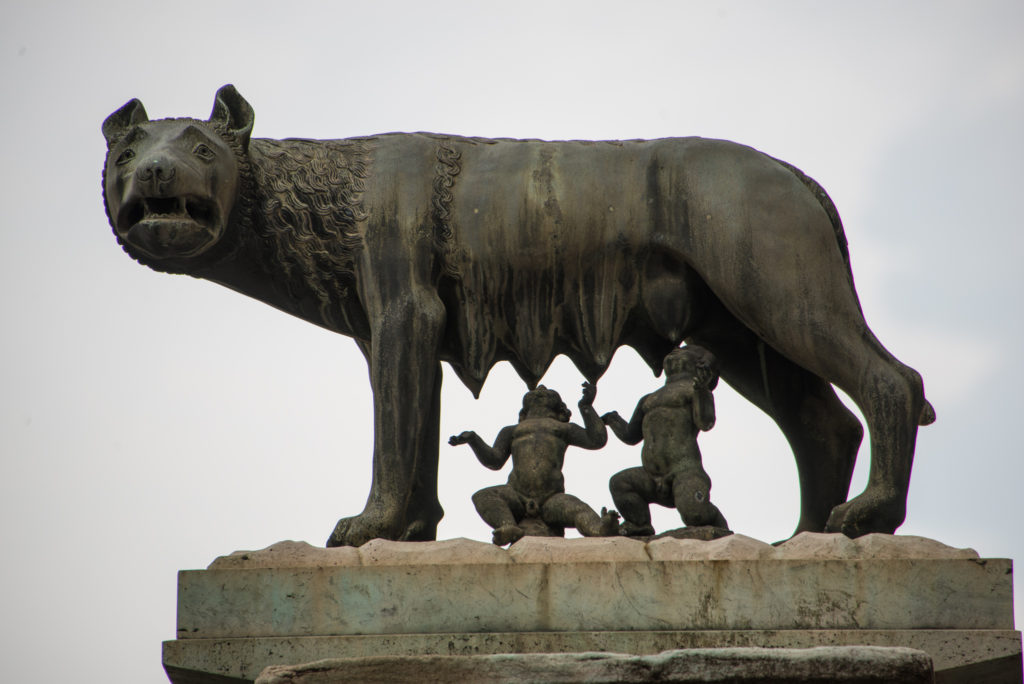
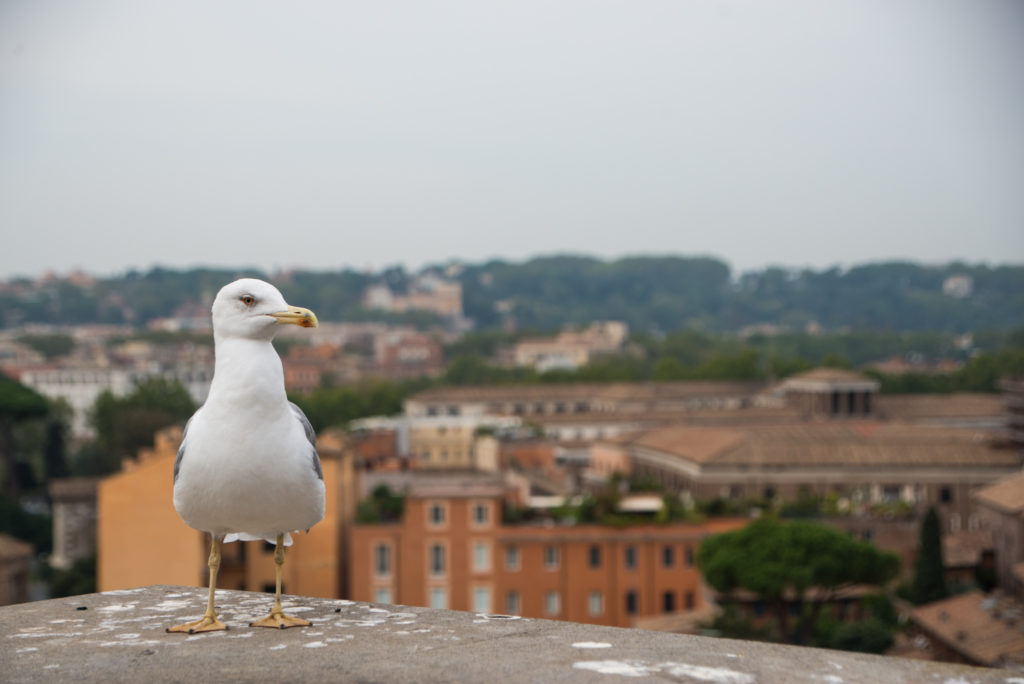
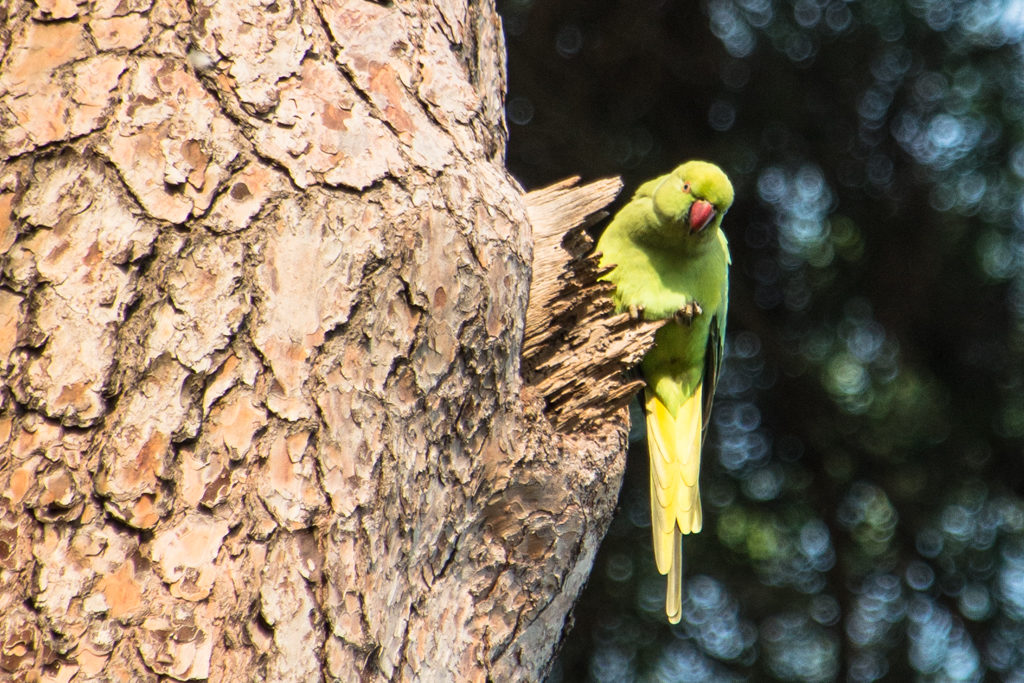
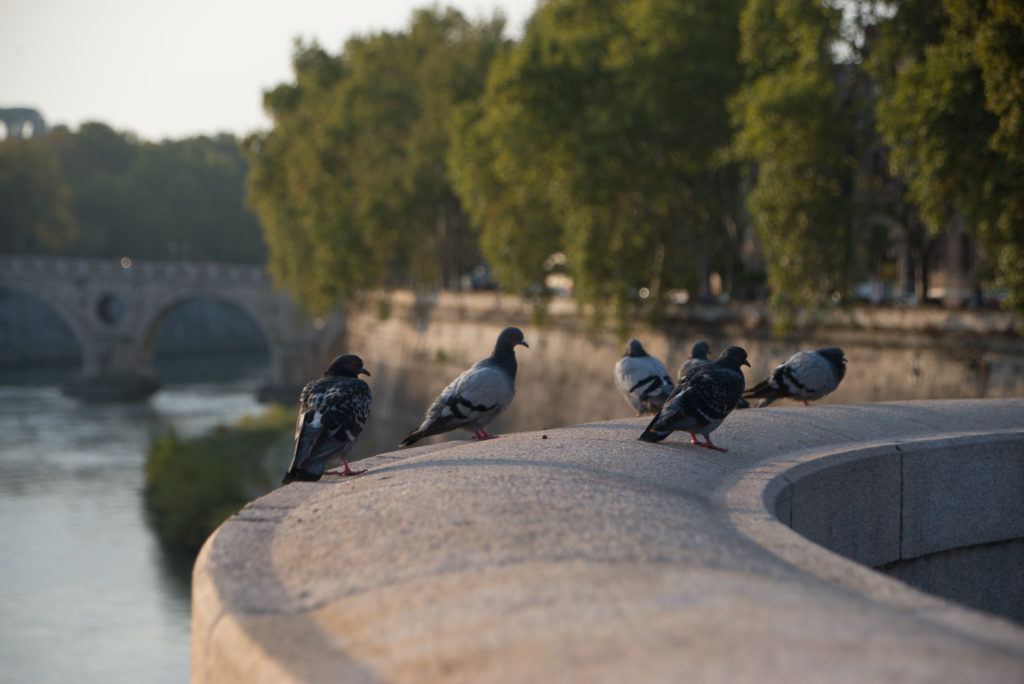
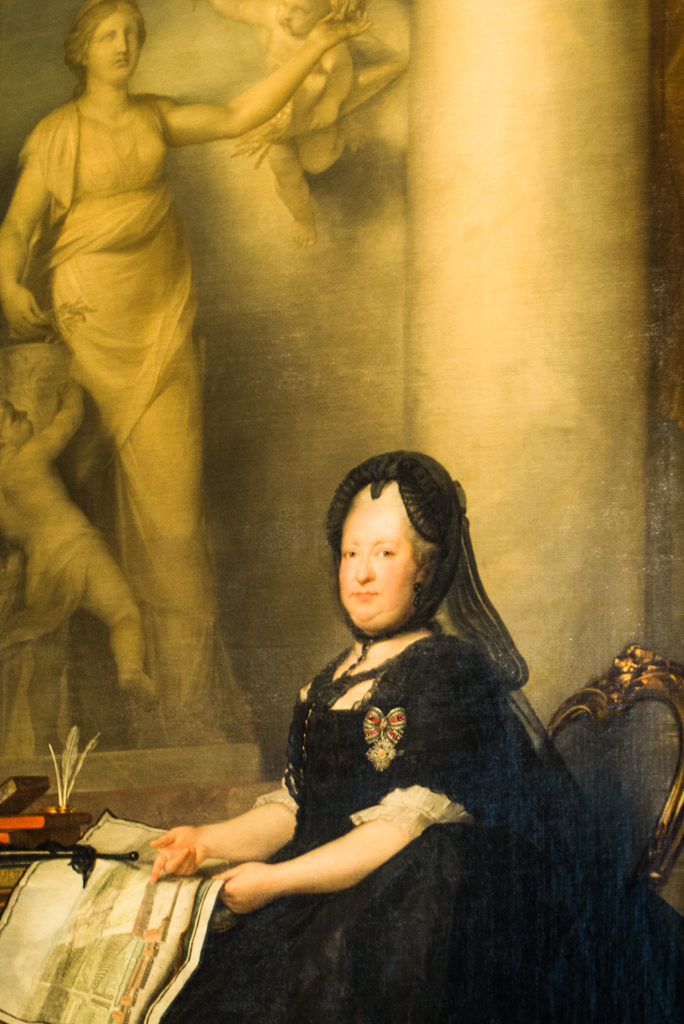

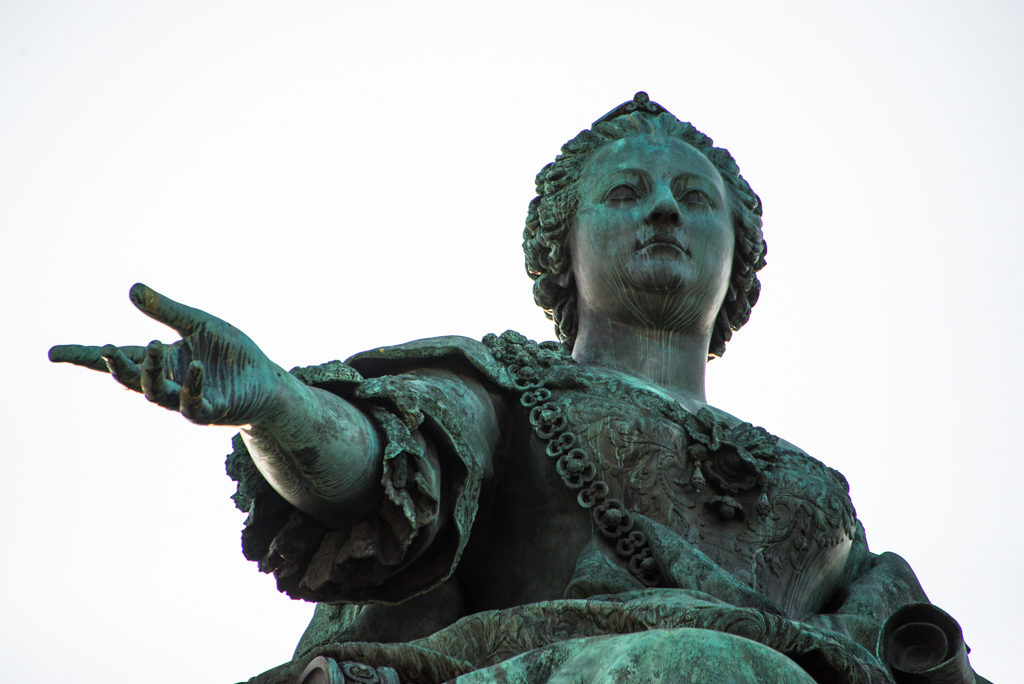
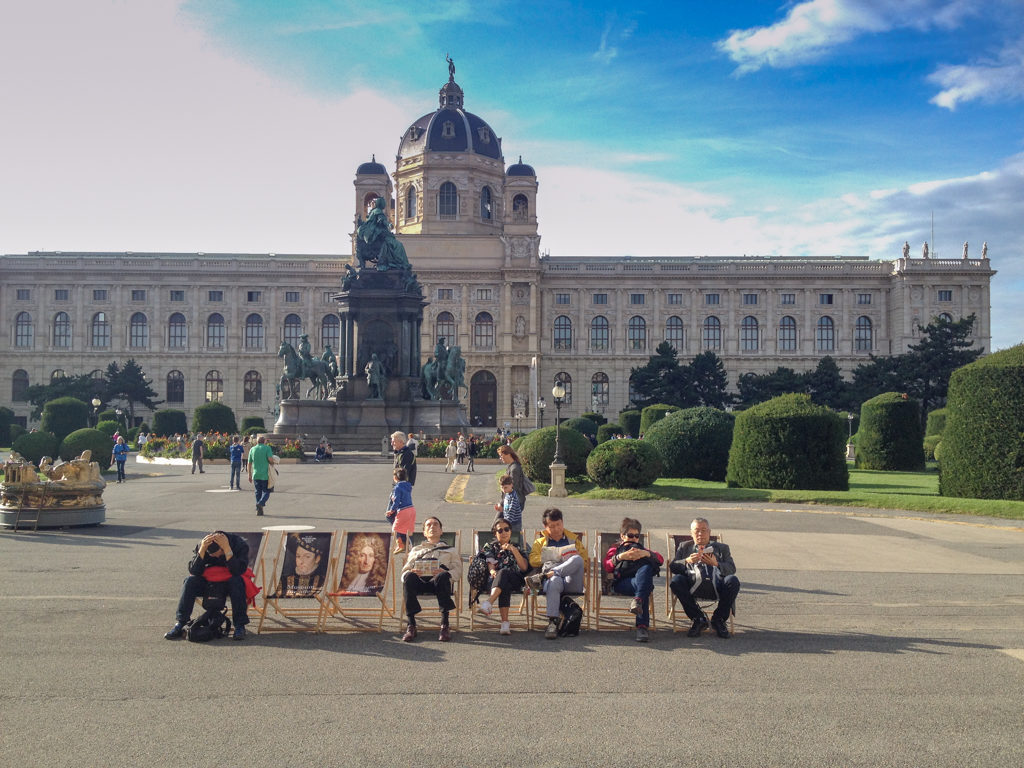
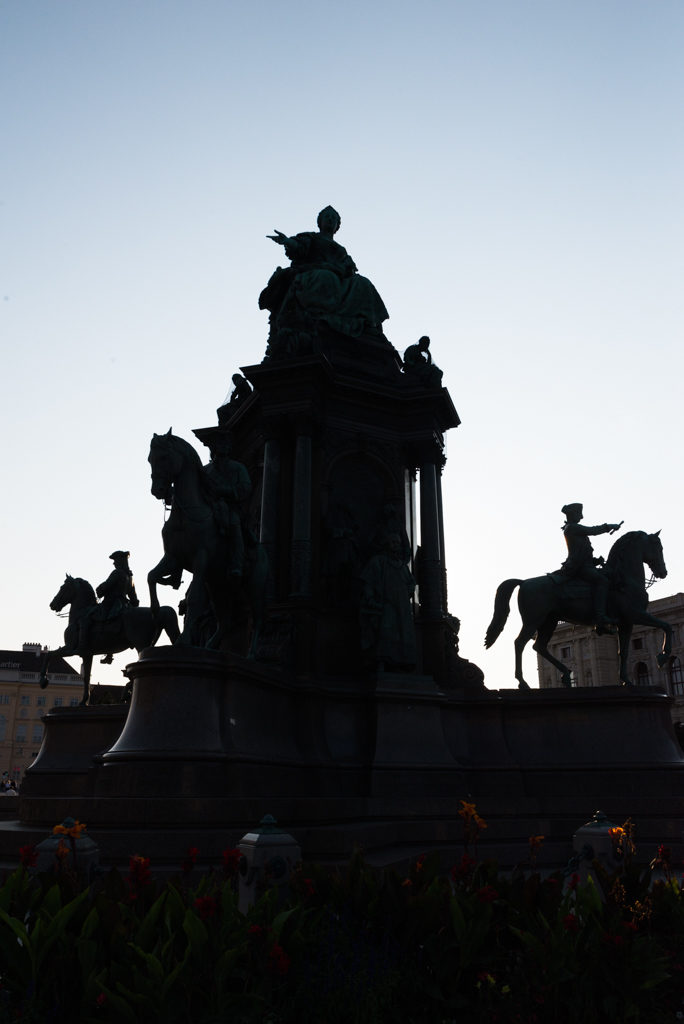

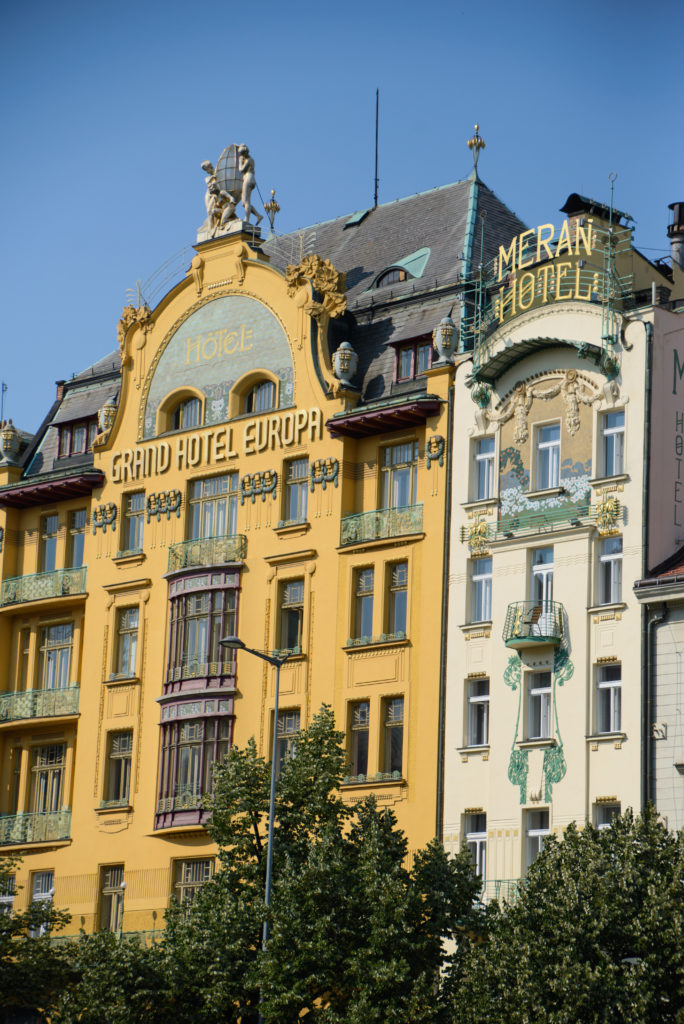
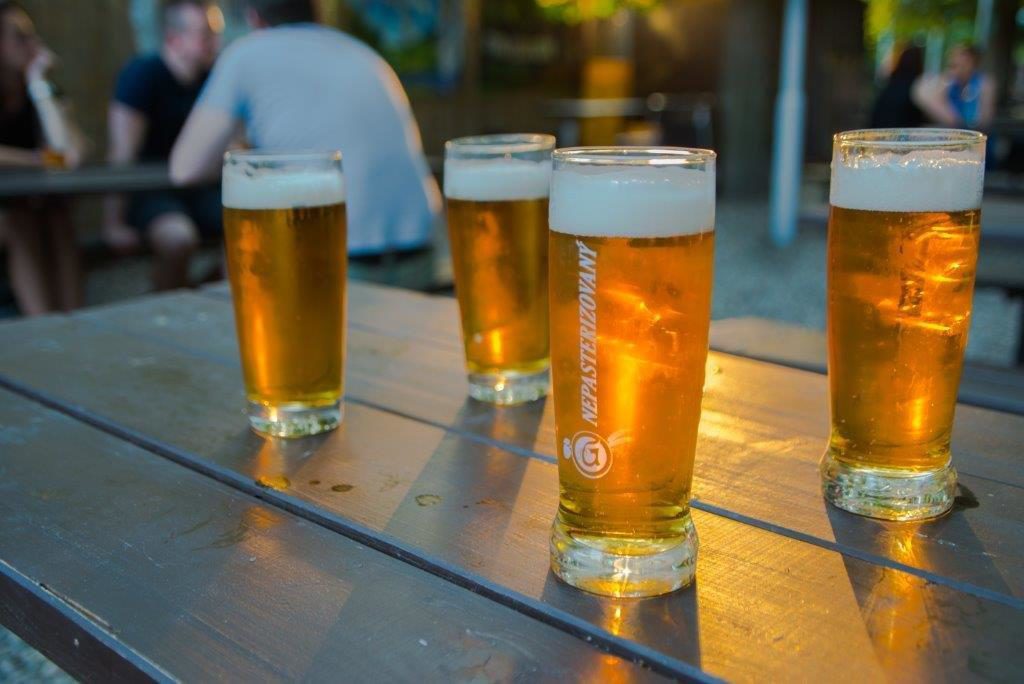 A beergarden in the working class neighborhood Žižkov
A beergarden in the working class neighborhood Žižkov
